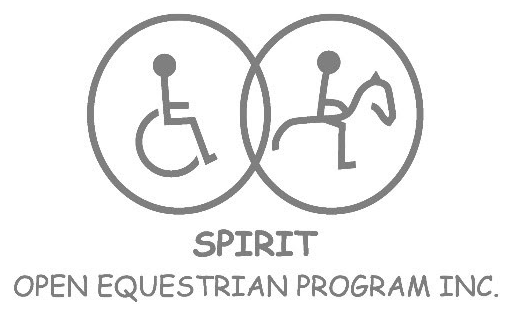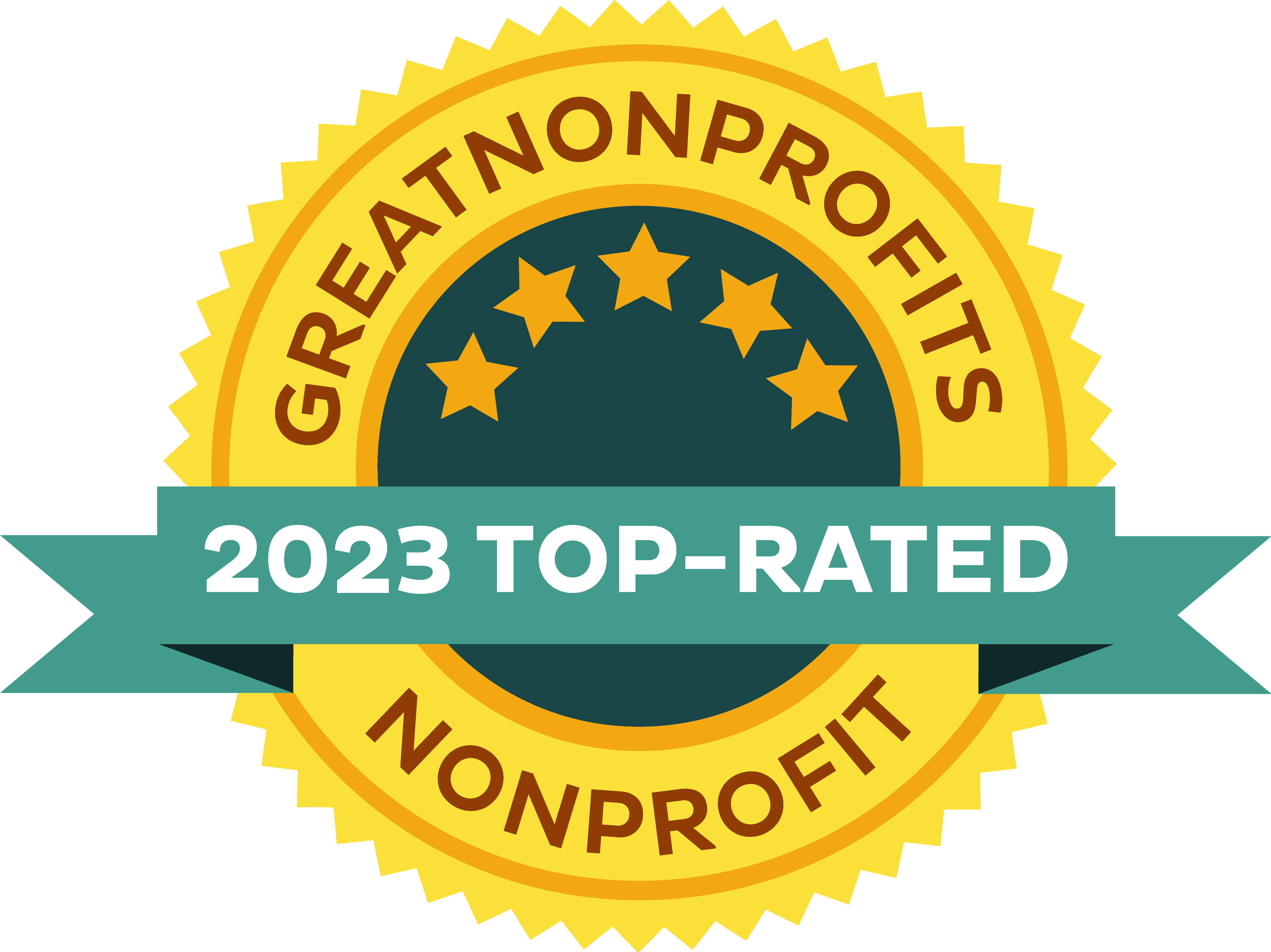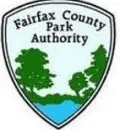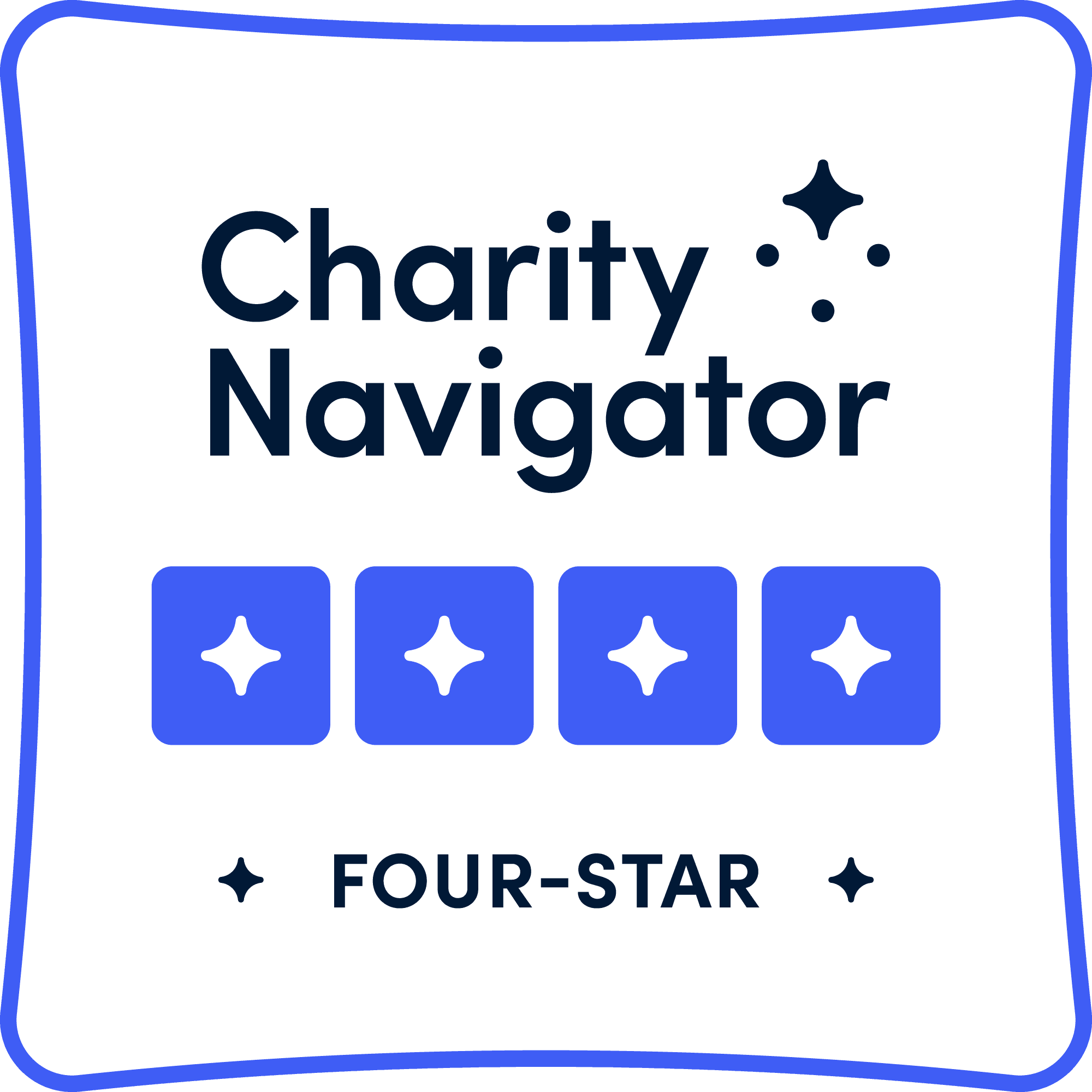Anxiety, depression, Tourette’s Syndrome and Amplified Musculoskeletal Pain Syndrome (AMPS)…our 13 year old son, who’s adjustment to middle school was a challenging one with each of these factors exacerbating the others. Our once exuberant boy was irritable, withdrawn, pale and ultimately unable to participate in any of the activities that once brought him joy because he was in too much physical pain. His school attendance dwindled until he was finally put on homebound instruction during the 4th quarter of 7th grade. He spent most of his time on the computer or lying on the couch. His treatment involved SSRI medication for his anxiety and depression and psychotherapy. Once the AMPS flared up, physical therapy became an added crucial part of his treatment.
A diagnosis of AMPS brings to light the profound connection between mind and body. The pain is typically triggered by an injury, illness, or condition (in Steven’s case, likely the hypermobility in his joints), and in the vast majority of cases, emotional stress is also a significant contributing factor. Clearly, in Steven’s case, this combination was what brought his symptoms to a head. The course of treatment for AMPS is intensive psychotherapy (specifically CBT and mindfulness techniques) to manage the stress, and intensive physical therapy to “retrain” the nervous system. While Steven was very receptive to the physical therapy, and he was a willing participant in weekly psychotherapy, his psychologist consistently reported that he was not really buying into the techniques of CBT or direct instruction in mindfulness techniques, so progress was slow-going.
Thankfully, I have an acquaintance whose daughter was a volunteer with the SPIRIT Open Equestrian Program. I had often listened with interest as she talked about her involvement there, but I didn’t really have a clear picture of what it was all about. But I did know that Steven loved animals. Our family dog was often his source of solace. He enjoyed raising backyard chickens. He shied away from sports and groups of peers, but liked being out in nature. I wondered if there was some way he could get involved with the horses. I had an inkling this just might spark something in him.
After reading the descriptions of Spirit’s EAL and EAP offerings I consulted with the program’s director, Davorka Suvak (Dada), who seemed very astute in evaluating Steven’s needs and making recommendations as to how to best proceed. We decided, since he had no real horsemanship experience yet, that EAP was the place to start. This was perfect for Steven at the time, as he was just beginning to be more mobile, but did not yet have the stamina for the physical demands of the EAL program. When I told him he would be having one on one sessions with a psychologist and the horses, he actually lit up. And I can honestly say that from the very first session, the experience has been profoundly transformative. Dr. Boie invited me to participate in that initial session, and during that 50 minute period, I found myself moved beyond words throughout. As an art therapist myself, I am very familiar with the power of metaphor and indirect expression to bring about change and healing, and even so, I found myself in awe of how powerful this process was during Steven’s very first encounter with the horses. Within his first few minutes among the horses, he identified with their “twitchiness” (this coming from a boy whose Tourette’s Syndrome causes constant involuntary movements), and after sharing with Dr. Boie that he was sad about a friend moving away, Buttercup, the horse he had been initially drawn to, gently nuzzled his shoulder and rested her head there. It was clear that he felt immediately understood, accepted, and above all, safe among the horses. This is truly the first scheduled activity in his life that he has eagerly anticipated and never asked to miss. He has attended weekly sessions for about three months now, and his time with these horses as facilitated by Dr. Boie’s kind, gentle and insightful approach in guiding his interactions with the horses, has given him direct experience with the mindfulness and calm that he had never before been able to experience. Additionally, in developing horsemanship skills, he has gained increased confidence, and perhaps most valuable, has cultivated a genuine interest outside of the home.
After about 6 weeks of EAP, the EAL program in combination with a weekly riding lesson through the therapeutic riding program was introduced to Steven. Historically, he had been very reluctant to try new things, and in the past few years had completely rejected our attempts to encourage him to join an extracurricular activity. However, his attachment to the horses and his desire to be in their presence was enough motivation for him to be willing to give EAL and riding lessons a try. I have to admit, I had some reservations. It was hard for me to imagine that he would have the strength and stamina to participate for at least two 3 hour sessions plus a one-hour riding lesson per week. This was more physical activity than he had engaged in for many months, but he was beginning to progress in physical therapy, and his therapist agreed that these “real world” activities would dovetail nicely with his goals of building core strength, improving posture, and general conditioning. Although he finds it physically tiring, he has been hooked since his very first day.
I simply cannot say enough how all of the aspects of the SPIRIT program have allowed our son to recover, blossom, and begin to thrive again, by simultaneously healing him socially, emotionally, physically, and spiritually. He has found a community, among the horses, and among other teens and adults who share his love for them. He feels safe, unjudged, and free to participate in an activity that has no competition or performance standards. It is simply valuable because of the inherent satisfaction it brings. He feels valued and empowered by his growing horsemanship and riding skills, and because he is helping other young riders with developmental disabilities. He is growing stronger physically and also learning that even when he has pain, he can still participate in the things he loves, and that the motivation to do so makes it worthwhile (and makes the pain more tolerable). When he goes to bed at night, he latches on to thoughts about the various horses he knows rather than ruminating on worries, and when he wakes up in the morning, he is motivated to go to school, so he can get to the activity he enjoys afterwards. There is a greater sense of calm and ease about him in general. The irritability has receded and his humor and joy are more present.
I noticed early on in his participation in the EAL program that as soon as he walked in the gate to greet the horses, his slumped posture immediately straightened, and he began to walk with purpose. Now, he has color in his cheeks from spending many hours each week outdoors, and he stands tall and walks with greater confidence wherever he goes. We are beyond proud of his progress and grateful beyond words for the part that the SPIRIT Open Equestrian Program has played in supporting that growth.





